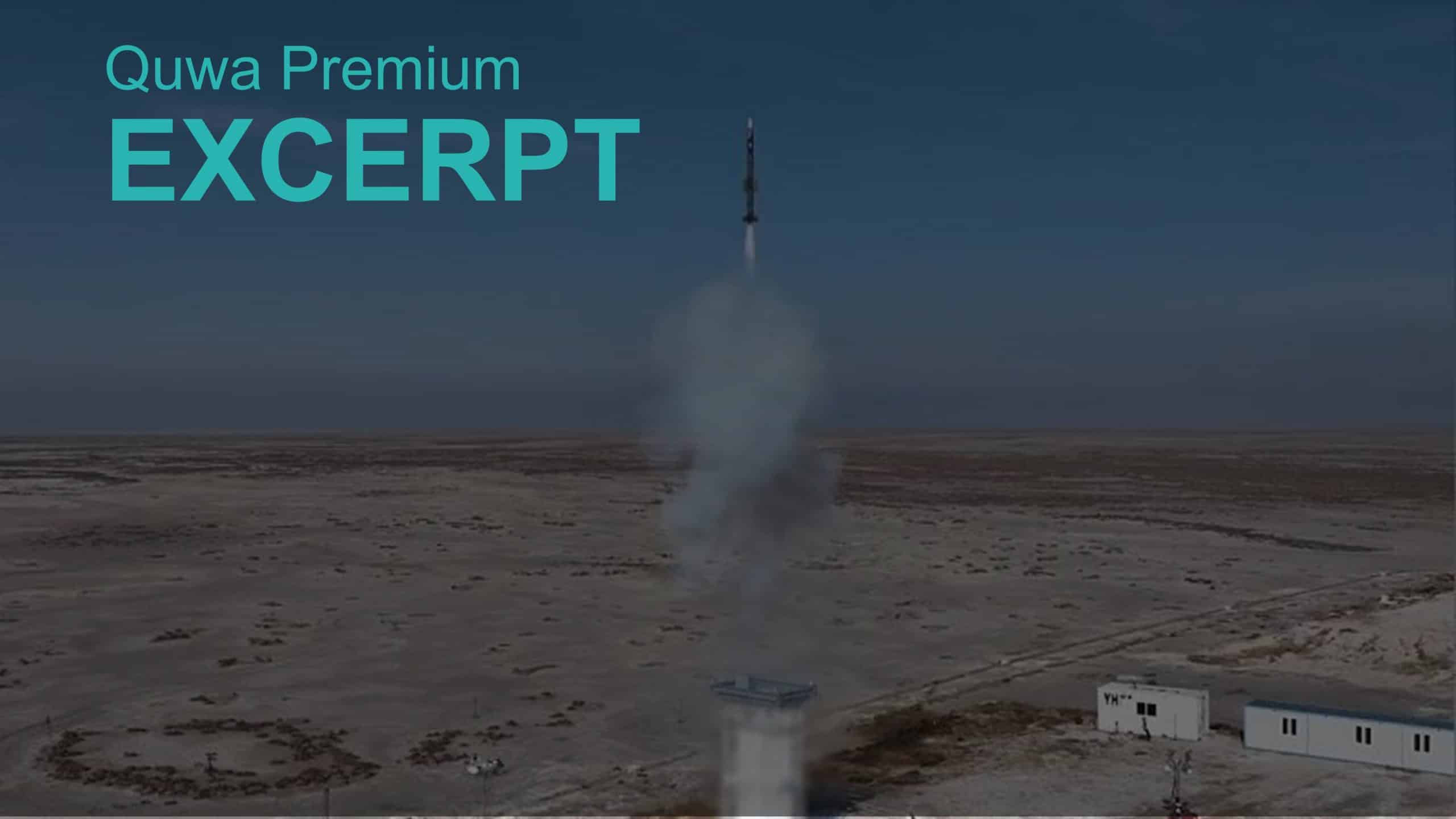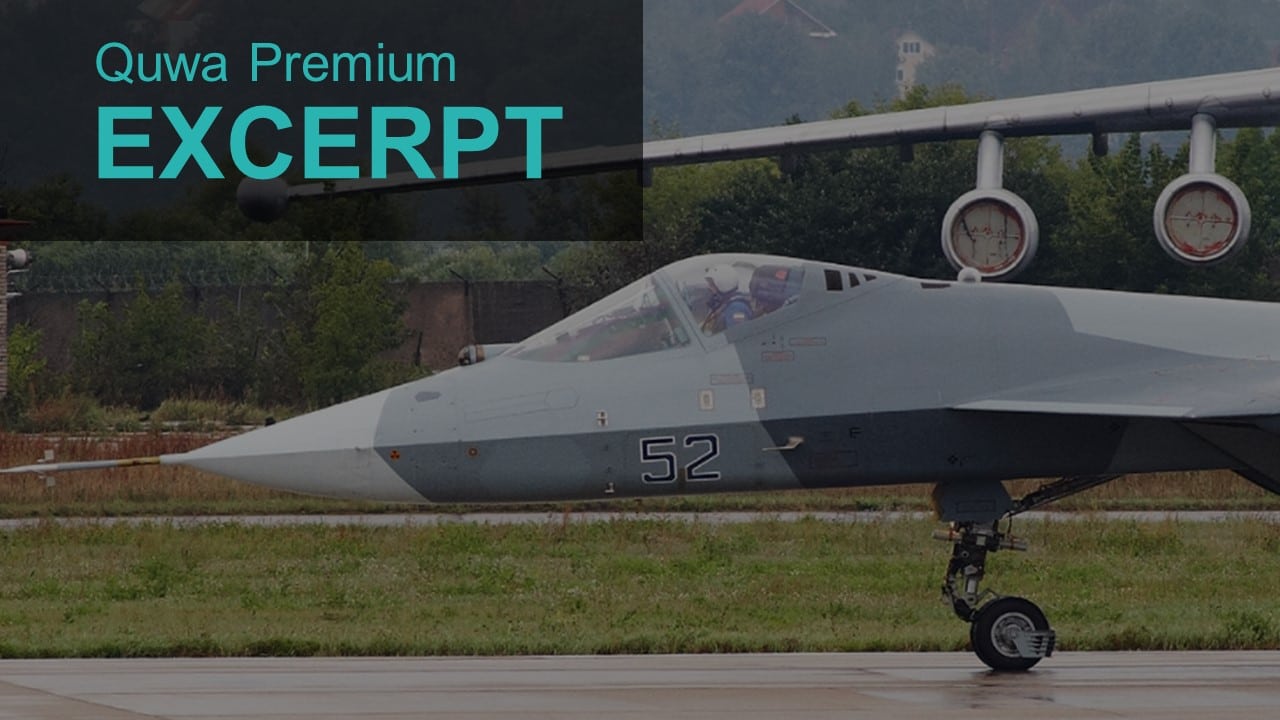1958Views 0Comments

Turkey Tests Indigenous Vertical Launch System (VLS) – MIDLAS
On 03 December 2022, the Turkish munitions manufacturer Roketsan test-fired the HİSAR-RF surface-to-air missile (SAM) from its MIDLAS vertical launch system (VLS).
In general, a VLS is a system for deploying various missile types from surface warships, like frigates. A VLS system enables the end-user to configure a warship with a relatively large complement of guided missiles for anti-air, anti-ship, and/or land-attack roles. Not only that, but a VLS configuration also allows ships to launch their missiles in simultaneous volleys. From an air defence standpoint, this could be a critical way of thwarting a saturation attack by enemy anti-ship cruising missiles (ASCM), for example.
The test marks a major breakthrough in Turkey’s efforts to develop homegrown air defence solutions for its land and naval systems. A VLS is a critical piece to that goal. It enables Turkey to deploy its indigenous SAMs from its surface vessels, like frigates and corvettes.
In fact, the head of Turkey’s Presidency for Defence Industries (SSB), Dr. İsmail Demir, said that the Turkish Navy’s lead I-Class frigate, the TCG Istanbul, will be equipped with the MIDLAS in 2023. This clearly signifies that Turkey will not configure its domestically built ships with the Lockheed Martin Mk.41 VLS. Instead, it will directly move ahead to its homegrown MIDLAS solution.
Thus, not only does the MIDLAS test signify a key milestone from a development standpoint, but the target induction date of 2023 indicates that Turkey’s VLS is nearing completion. Upon deployment, the MIDLAS will carry the Roketsan HİSAR-RF short-to-medium-range SAM. In the future, the MIDLAS will also deploy the SİPER long-range SAM system.
Overall, the completion of the MIDLAS VLS program will help Turkey achieve the following:
Assuring Turkey’s Future Air Defence Requirements
The chill in Ankara’s ties with Washington is seemingly affecting a growing number of important Turkish defence programs. In fact, if Turkey is directly moving to induct a homegrown alternative to the Mk.41, it now seems that more is at risk of supply challenges than only the most sensitive U.S. equipment (such as the Lockheed Martin F-35 or MIM-104 Patriot). Thus, strictly relying on the U.S. could raise the risk of not securing key inputs and, thus, jeopardize Turkey’s workhorse capabilities in the future. The apparent risk of not gaining the Mk.41 would jeopardize Turkey’s sea-based anti-air warfare (AAW) capabilities.
Not only does the MIDLAS give the Turkish Navy its own modern SAM deployment system, but it natively pairs with Turkey’s indigenous SAMs, like the HİSAR-series and SİPER-series. Reportedly, the MIDLAS will also be capable of quad-packing its SAM complement in a single cell. This would make the MIDLAS similar in concept to the Lockheed Martin Mk.41 and MBDA SYLVER.
Together, these systems offer a strong starting point for Turkey’s indigenous air defence development.
Basically, these programs have enabled Turkey to develop a foundation in rocket motor, aerostructures, solid fuel, and guidance electronics technologies. With additional time and investment, it could develop and further evolve these systems. For example, a future block or variant of the SİPER will reportedly have a range of over 150 km, which will translate into credible land and naval-based AAW. Turkey is also looking at pairing its SAMs with other AAW solutions, like directed energy weapons (DEW)…
End of excerpt (537 / 1,212 words)
You can read the complete article by logging in (click here) or subscribing to Quwa Premium (click here).
For more Turkish defence news, check out:


